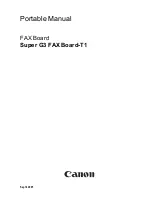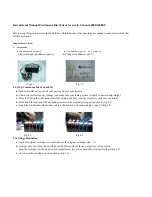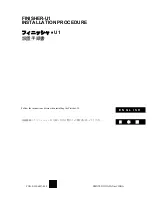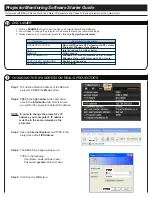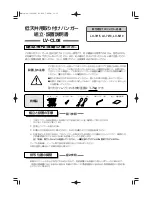
•
The allowed cross section of individual DC wires is 6-25 mm
2
(10-4 AWG) at the DC
terminal. It is recommended that 25 mm
2
(4 AWG) wires are capped to avoid loose
strands. If thicker DC wires are required, then an FSEC/FSES or other IP65 DC
distribution box is required to reduce the cable thickness at the module.
•
Recommended DC cable lengths, thicknesses, and type are provided in the section
Feederless site and Distributed site solution requirements.
•
The DC connector has three screw terminals. The outer terminals are for (+) and (-)
wires. The middle terminal is for grounding the shielded DC cable braid.
RF Module input voltage range
w
NOTICE: This material is based on preliminary information which is available
prior to general availability and is subject to change for later release.
Table 13
RF Module input voltage range
Property
Value
Nominal supply voltage
-48.0 V DC
Nominal input voltage range
-40.5 V DC to -57.0 V DC
Extended input voltage range
-36.0 V DC to -40.5 V DC
-57.0 V DC to -60.0 V DC
•
for FRGP, FRHA voltage range is 38 to 60 V DC
g
The minimum startup voltage is 40.5 V DC.
If the input voltage is below/beyond extended limits, unit may shut down.
RF Module output power
Basic typical conditions:
•
ambient temperature 23°C
•
no ALD power feeding included
•
no RET power feeding included
Non-committed estimated values pending of final product HW and SW optimization with
+/- 10% margin. Consumption for dedicated WCDMA/LTE operation (no MCPA RF
sharing).
Power requirements and output power
Flexi Multiradio BTS Radio Module and Remote Radio
Head Description
46
DN0951745
Issue: 05































